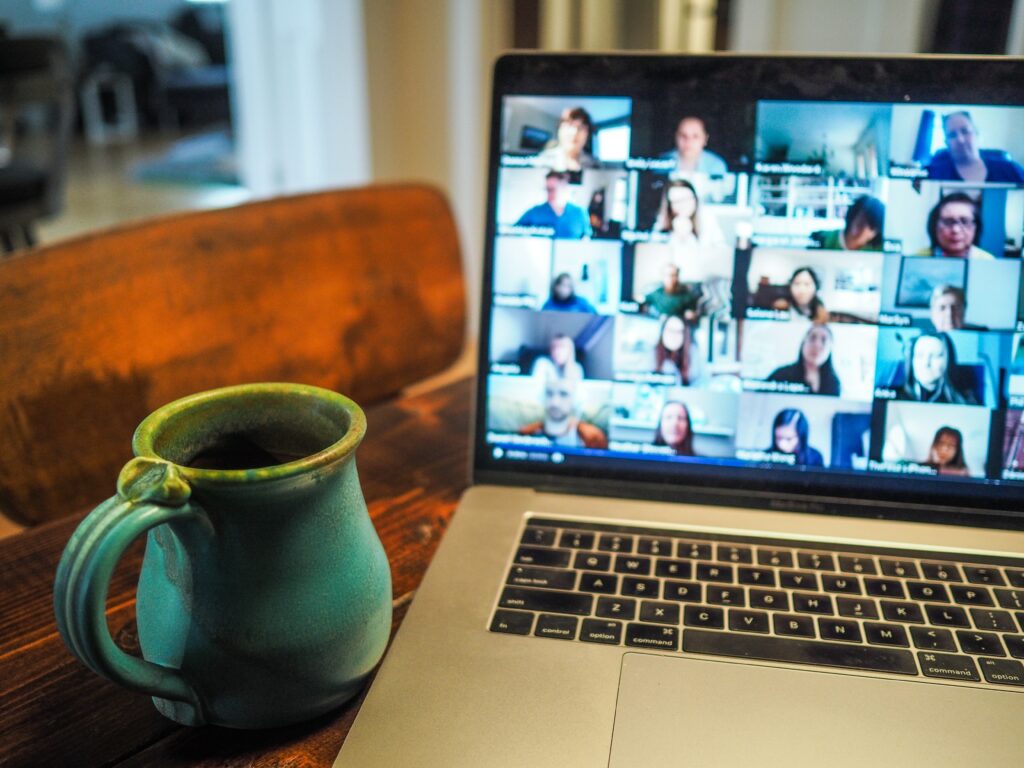Reflections on Online Learning

My experience with online classes was in 2021 when I went back to UVic to take specific prerequisite classes for the Secondary PDP program. By this time, my eldest daughter was 1 years old starting daycare and my second wasn’t born yet, so going back to school was not too tall of a task. When I started the semester in September, all of my classes/lectures were live, however there was a recording option for those who needed it due to sickness (or otherwise). This asynchronous delivery of course content allowed me, as a parent, the option to accomplish other errands during the day for our family such as meal prepping, grocery shopping, or even taking care of my sick child if she needed it. At that time, if lectures were held at school, and there were no recordings, I do not think I would have been able to accomplish those particular courses. Hopefully as the years go by, Universities understand the importance of asynchronous lesson delivery, as it provides a wider range of accessibility for various groups of people.
Although, one drawback to asynchronous learning could be procrastination. If there is no pressure to watch or listen to a lecture on the day it is given, then the learner can feel disengaged. According to the University of Waterloo, another disadvantage to asynchronous learning could be due to technical problems, such as internet connection issues or uploading issues on the recording platform. Also, as much as accessibility is a nice feature of asynchronous learning, you can still have features that may not be available on the recording platform such as captioning for the hearing impaired.
Here is a video from the University of Alberta expressing more information on the advantages and disadvantages of asynchronous learning:
Preparation in case of an Emergency
As a new educator in the secondary system, the advice that I would give to myself and other educators is to familiarize yourselves with various modalities to begin with. Understand the ins-and-outs of various online technologies like Zoom, Mentimeter, Brightspace etc, to smoothly transition from Face-to-Face to online/recording. I would even go as far as doing a few of your lectures online as a practice so that it wouldn’t be such a hard transition in the future.
My teachable area is Biology, and here are my two learning activities that I would do in case of an emergency transition:
Learning activity 1: Create a Mentimeter slide on a topic, such as protein synthesis, and use the built-in quiz and word cloud feature to engage the class. The class will be on zoom the whole time while this is happening.
Learning activity 2: While the class is on zoom, have a check in session and see how everyone is doing. Create a mentimeter and use a word cloud to show what is the predominant emotion. Perhaps even talk about their concerns about whatever emergency situation is occurring at the time and try to ease their minds. Afterwards, play a game of Jeopardy on the previous lesson on Protein Synthesis (you can create jeopardy boards online for free and cast it on zoom).

Leave a Reply
You must be logged in to post a comment.